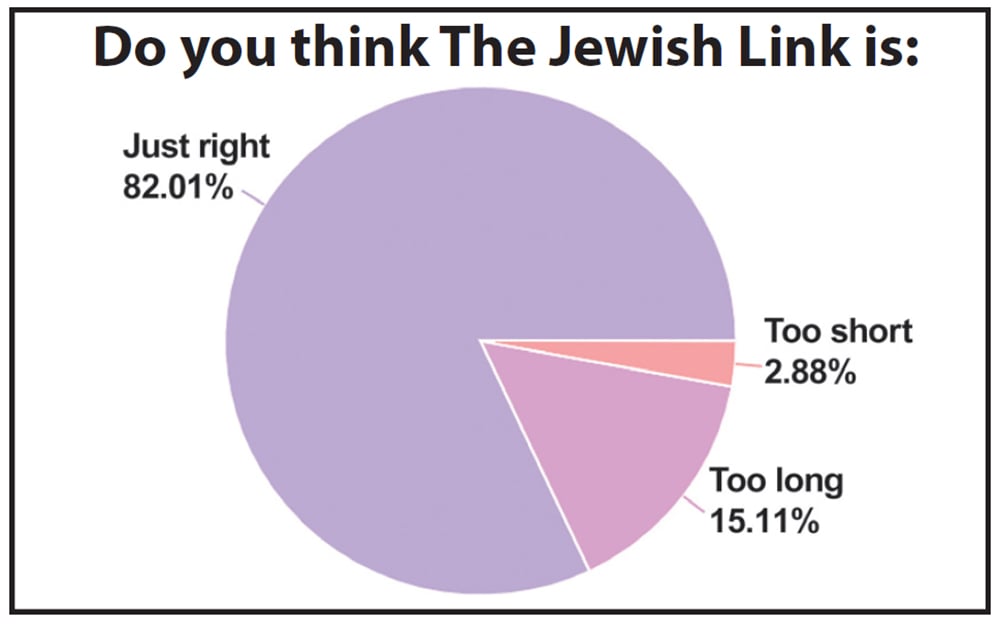Resistant starches and their benefits.
Most people have heard of starches because they are afraid of them. They are deemed interchangeable with carbohydrates, which have a complicated status. They are the purported boogie monsters in our closets, waiting to sneak up on you and your waistline. There is a reason why the perennial low-carb diet is likely the most popular diet of our time, as carbs equate to the dreaded “beer belly” and “muffin top” in many people’s minds. Though some starches hold that nefarious reputation for good reason, not all carbohydrates are created equally.
Starches are a type of carbohydrate, though they can be categorized under complex carbohydrates because they are made up of many glucose molecules joined together. Most starches nowadays are highly refined, which means many of the vitamins/minerals and fiber have been stripped away, resulting in a product that is devoid of nutrition. They can cause blood glucose to spike, which can result in insulin resistance over time. Insulin resistance is believed to be the driving factor behind metabolic syndrome, diabetes mellitus, Alzheimer’s disease, heart disease and obesity. However, starch’s cousin, resistant starch, is the angel of the bunch, benefiting its consumer instead of potentially wreaking havoc like the rest of the family.
Resistant starches, as the name suggests, are resistant to digestion. They function like a soluble and fermentable fiber, helping reduce appetite and lower blood glucose levels. They travel through the stomach and small intestine unscathed and reach the large intestine, where they slowly ferment. This fermentation process creates food for the microflora, or good bacteria in our system, which confers numerous benefits on its host. When the bacteria break down these special starches, they form short-chain fatty acids like butyrate. Butyrate is the preferred fuel of the cells of the colon, boosting overall optimal gastrointestinal (GI) health.
Resistant starch can also improve insulin sensitivity, which essentially means the responsiveness of your body’s cells to insulin. Insulin is the hormone in your body that pulls glucose from the bloodstream into your cells for utilization. Resistant starches are effective at lowering blood sugar levels for not just one meal, but two! For example, if you eat resistant starch for breakfast, it will lower your blood glucose for both breakfast and lunch. Some studies have found that continuing to eat resistant starches regularly may improve insulin sensitivity by 33-50% after four weeks of consuming 15-30 grams per day.
You’re probably wondering: How do I get my hands on these wonderful resistant starches? Well, let me tell you. Barley, peas, lentils, beans, cooked then cooled potatoes and rice (like sushi rice), green bananas, cashews, oats and raw potato starch can provide the benefits mentioned above. Just to give some reference, four tablespoons of raw potato starch will offer 32 grams of resistant starch. The method of preparation may also determine the amount of starch the consumer receives. For example, allowing a green, unripe banana to ripen will degrade the resistant starch and convert it into regular starch, losing out on its potential health benefits.
Incorporating these foods into your daily routine can greatly impact your health and wellness in the long run. Not only do they provide fiber to help regulate your bowel movements, but they can improve blood glucose levels and optimize your GI tract for an overall healthier support system. Don’t be afraid of these starches, as these will boost you up, not tear you down.
Melissa Papir is a registered dietitian working in long term care nutrition in Washington Heights, New York. She works with middle-aged-elderly residents to provide nutrition that can help boost their quality of life. She loves to write about nutrition in her spare time. She can be reached at [email protected].










